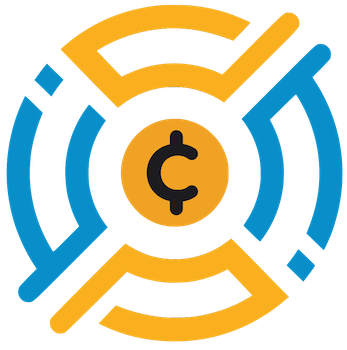The recent milestone achieved by Cardano signals more than just a technical victory; it embodies a philosophical breakthrough in how blockchain communities envision their future. For years, the promise of decentralization has remained largely theoretical, often hampered by the centralized control exerted by foundations, development teams, and influential actors. Cardano’s successful on-chain governance vote, which directly authorized funds for core development, exemplifies a shift from abstract ideals to tangible, operational realities. It showcases a network willing to transfer decision-making authority from a select few to its broad community base, aligning with the core tenets of decentralization. Yet, is this transition a genuine transfer of power or merely a symbolic gesture designed to placate skeptical users?
The Limitations of Community-Driven Funding
While the notion of community voting on development funds appears democratic and empowering, it warrants a cautious perspective. Real governance within blockchain ecosystems isn’t just about casting votes; it’s about the integrity, inclusiveness, and effectiveness of those votes in shaping meaningful change. There’s an inherent risk that a handful of highly active participants could dominate proposals, skewing priorities towards particular interests rather than the collective good. Moreover, the technical literacy required to critically evaluate complex proposals still risks marginalizing less experienced users, raising questions: are these votes truly representative, or are they influenced by echo chambers and charismatic influencers?
Centralization’s Illusion and the Myth of Pure Democracy
Despite the rhetoric, some critics argue that the very design of voting systems naturally inclines towards centralization. Wealthier or more technically sophisticated actors can sway voting outcomes, effectively creating a de facto hierarchy within the purported democracy. Cardano’s move into on-chain governance, though commendable, does not automatically resolve these issues. It could, paradoxically, serve to legitimize a form of governance that remains in flux—bounded by the limitations of the technology and human influence. As much as decentralization is claimed to be the goal, the reality is often a carefully managed balance between influence and authority, which may leave the original ideals unfulfilled.
Strategic Implications for the Broader Crypto Industry
Cardano’s bold step to implement on-chain governance sets a new standard, but it also exposes the industry’s broader contradictions. How many other coins, especially those vying for mainstream adoption, will genuinely empower their communities rather than merely paying lip service to decentralization? The majority of top cryptocurrencies—Bitcoin, Ethereum, and others—continue to operate with varying degrees of centralized control or influence, whether through founding teams or governance structures. Cardano’s achievement becomes a benchmark, highlighting the importance of governance mechanisms, yet simultaneously revealing that such systems are still relatively fragile and susceptible to the shortcomings of human nature. This push-and-pull reflects the complexity of designing a truly autonomous, democratic blockchain.
A Future Colored by Real Power or Superficial Progress?
Ultimately, Cardano’s on-chain governance milestone should not be viewed through rose-colored glasses. It’s an essential step forward, but one that requires relentless scrutiny. Will this governance model mature into a system that genuinely balances influence, promotes fair participation, and adapts to technology’s evolving capabilities? Or will it plateau as an aspirational framework, filled with inherent flaws and limitations? The true test lies ahead—can the community and developers sustain and improve upon this breakthrough, ensuring that the decentralization ideals are not just decorative but operationally robust? Until then, Cardano’s experiment remains a compelling, yet cautiously optimistic, chapter in the ongoing quest for blockchain democracy.

